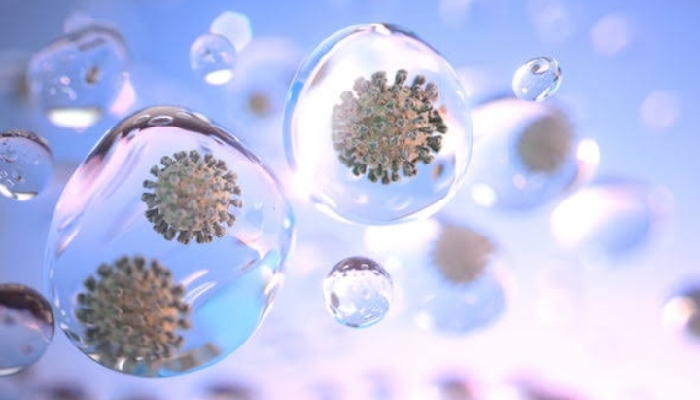Washington, Oct 17: People in high-stress jobs with little control over their workflow are likely to die younger than those who have more flexibility in their jobs, a new study has warned.
Researchers, who studied 2,363 residents in their 60s over a seven-year period, found that for individuals in low-control jobs, high job demands are associated with a 15.4 per cent increase in the likelihood of death, compared to low job demands.
For those in high-control jobs, high job demands are associated with a 34 per cent decrease in the likelihood of death compared to low job demands.
"We explored job demands, or the amount of work, time pressure and concentration demands of a job and job control or the amount of discretion one has over making decisions at work, as joint predictors of death," said Erik Gonzalez-Mule, assistant professor at the Indiana University Kelley School of Business in the US.
"These findings suggest that stressful jobs have clear negative consequences for employee health when paired with low freedom in decision-making, while stressful jobs can actually be beneficial to employee health if also paired with freedom in decision-making," said Gonzalez-Mule.
"You can avoid the negative health consequences if you allow them to set their own goals, set their own schedules, prioritise their decision-making and the like," he said.
Thus, micro-managing employees can have a public health impact. Among people in the study's sample, the researchers also found that the same set of causal relationships applied to their body mass index.
People in high-demand jobs with low control were heavier than those in high-demand jobs with high control.
"When you don't have the necessary resources to deal with a demanding job, you do this other stuff," Gonzalez-Mule said.
"You might eat more, you might smoke, you might engage in some of these things to cope with it," he said.
Cancer research studies have found a correlation between eating poorly and developing the disease; at 55 per cent, cancer was the leading cause of death in the study.
Other leading causes of death were circulatory system ailments, 22 per cent; and respiratory system ailments, 8 per cent, researchers said.
Twenty-six per cent of deaths occurred in people in frontline service jobs, and 32 per cent of deaths occurred in people with manufacturing jobs who also reported high job demands and low control.
"What we found is that those people that are in entry-level service jobs and construction jobs have pretty high death rates, more so than people in professional jobs and office positions," Gonzalez-Mule said.
"Interestingly, we found a really low rate of death among agricultural workers," he said.
The study was published in the journal Personnel Psychology.






Comments
Add new comment